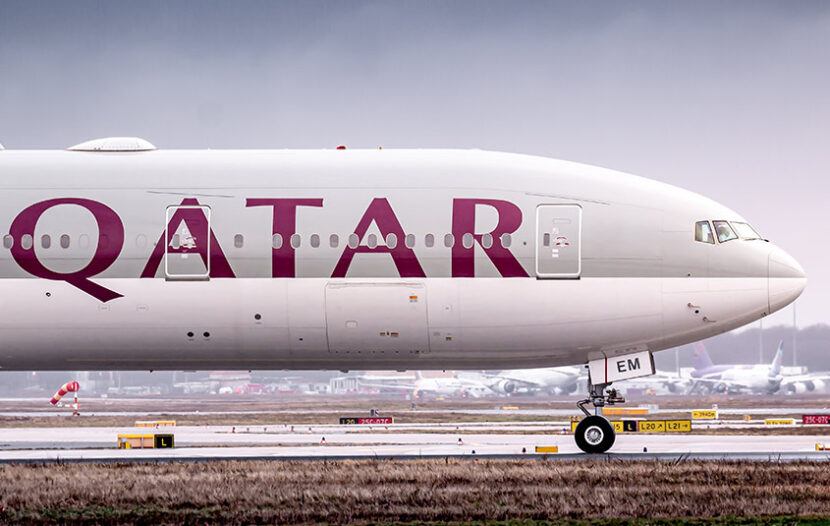DUBAI, United Arab Emirates (AP) — Qatar Airways announced on Monday that it suffered a more than $4 billion loss in revenues over the last fiscal year, as lockdowns triggered by the *********** ******** slashed demand for long-haul travel.
The major loss, which the state-owned ******* largely attributed to the grounding of its Airbus A380 and A330 wide-body jets, highlights the dramatic toll of the ******** on the industry.
Even so, the Doha-based ******* reported an increase in earnings to $1.6 billion before taxes and other costs compared to the previous year — costs that dropped significantly as the ******* saved on *** fuel, reduced salaries by 15% and cut some 13,400 employees from its workforce. The ******** has hit international routes the hardest, dealing a heavy blow to super-connectors in the Persian Gulf that essentially lack domestic markets.
In the last several months, the flagship carrier has received a boost from an end to a yearslong boycott that locked Qatar Airways out of the airspace of Bahrain, Egypt, Saudi Arabia and the United Arab Emirates. The embargo had forced the ******* to take longer routes and consume more *** fuel, raising expenses. For the first time since 2017, the energy-rich state’s ******* reopened key routes to hubs like Dubai, Cairo and Riyadh as the political dispute eased in January.
The long-haul carrier praised its resilience in the face of the fast-spreading ***** variants still racing around the globe, noting that its operational loss of $288 million stood at 7% less than the year before.
“Whilst our competitors grounded their aircraft and closed their routes, we adapted our entire commercial operation to respond to ever-evolving travel restrictions and never stopped flying,” Qatar Airways CEO Akbar al-Baker said in a statement.
The ******* acknowledged receiving a $3 billion lifeline from the Qatari government to keep operating as it struggled with ***** restrictions. Revenue for the ******* fell to over $8 billion from $14 billion the year before. The ******* incurred charges that ran to $2.3 billion over the grounding of its wide-body fleet.
The carrier took just 5.8 million passengers to the skies in the last fiscal year, compared to 32.3 million the year before — a staggering 82% drop.
Qatar Airways, which operates some 250 aircraft out of Doha’s recently built Hamad International Airport, follows the model of other Gulf carriers by providing a link between East and West from its location on the Arabian Peninsula. The other two biggest carriers in the region that depend on lucrative long-haul routes, Dubai-based Emirates and Abu Dhabi-based Etihad, also hit turbulence because of the ********, posting significant ****** in the billions of dollars over the past year.
Emirates, for instance, reported a $5.5 billion loss over the last year and received a $3.1 billion cash infusion from the Dubai government.
Qatar Airways mentioned some scant signs of recovery, as vaccinations against the *********** accelerate across the *****. From a low of 33 destinations in the peak of the ********, the ******* now flies to over 140 and has expanded to new markets from Seattle, Washington to Brisbane, Australia.

